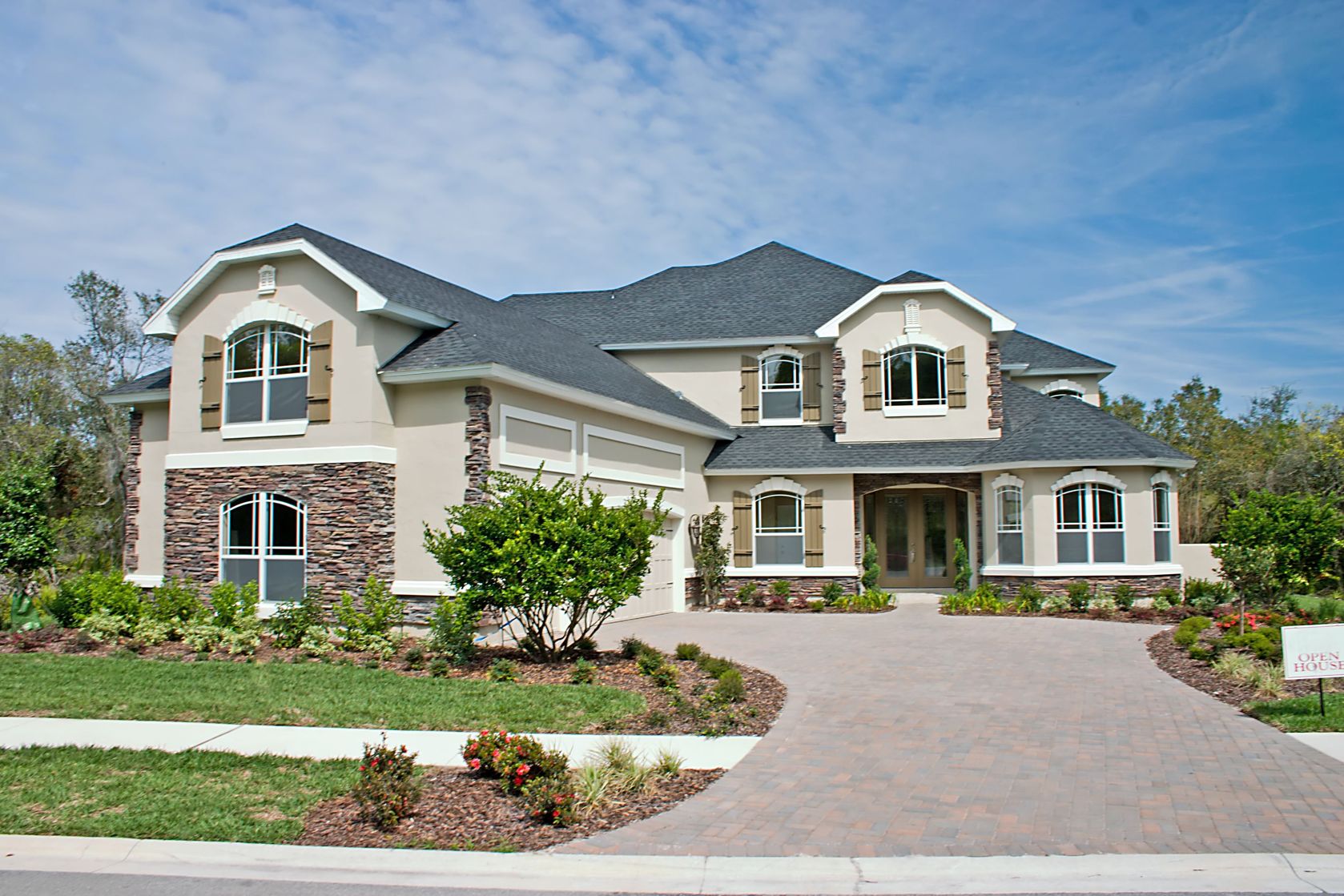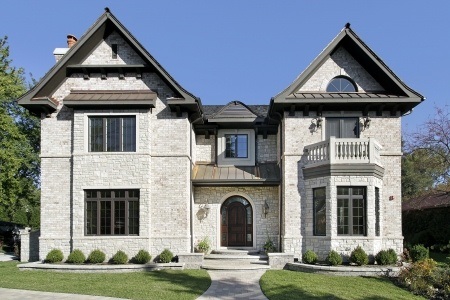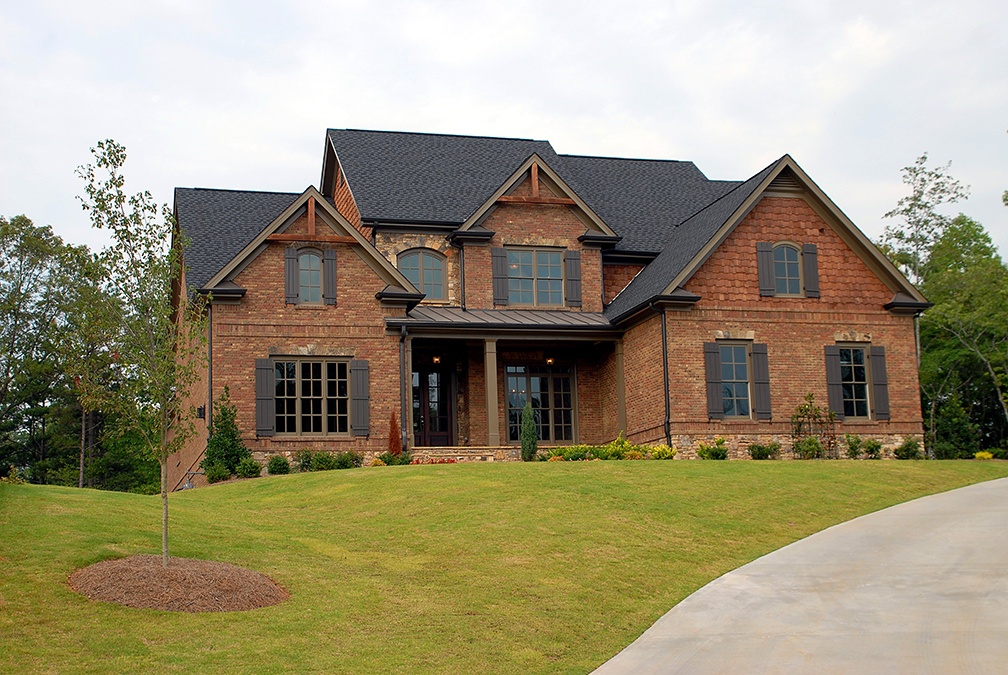 According to the Case-Shiller National Home Price Index for June, Seattle, Washington continued to lead home price growth for the tenth consecutive month with a June reading of 13.40 percent growth year-over-year. Portland Oregon held second place for home price growth in the 20-City Home Price Index in June but trailed Seattle by 5.20 percent with 8.20 percent year-over-year home price growth. Dallas Texas held third place with a year-over-year home price growth rate of 7.70 percent. The 20-City Home Price Index increased by 5.70 percent year-over-year and was unchanged from May’s reading.
According to the Case-Shiller National Home Price Index for June, Seattle, Washington continued to lead home price growth for the tenth consecutive month with a June reading of 13.40 percent growth year-over-year. Portland Oregon held second place for home price growth in the 20-City Home Price Index in June but trailed Seattle by 5.20 percent with 8.20 percent year-over-year home price growth. Dallas Texas held third place with a year-over-year home price growth rate of 7.70 percent. The 20-City Home Price Index increased by 5.70 percent year-over-year and was unchanged from May’s reading.
Case-Shiller’s National Home Price Index reported a reading of 5.80 percent home price growth in June as compared to May’s reading of 5.70 percent.
Wage Growth, Strong Economic Indicators Drive Demand for Homes
Case-Shiller’s month-to-month home price data also reflected continued growth. 14 cities reported higher home prices in June after seasonal adjustment. Home prices rose 0.40 percent month-to-month nationally; the 20-city index rose by 0.10 percent month-over-month after seasonal adjustment.
Shortages of homes for sale continue to drive up home prices as sales of pre-owned homes outpace new home sales. Builders haven’t kept up with demand due to ongoing labor and lot shortages and rising materials costs. There was an estimated 4.20 months’ supply of homes for sale in June; the average level is a six-month supply. Low mortgage rates continue to encourage first-time and current buyers to enter the market.
David M. Blitzer, Managing Director, and CEO of S&P Dow Jones Indices Committee said that although home prices are rising steadily, wage growth and overall economic growth were driving demand for homes in June. Mr. Blitzer said that current economic trends indicated home price growth was not expected to reverse anytime soon.
 Take a look around your home. Do you feel that burning desire to renovate or upgrade certain areas? Perhaps it’s the kitchen countertops or the décor in the master bedroom. Whatever the case, if you’re itching to take on a home renovation project you’ll want to ensure it’s one that makes your life better – not worse! Let’s take a look at four tips that will help you to avoid experiencing “renovator’s remorse.”
Take a look around your home. Do you feel that burning desire to renovate or upgrade certain areas? Perhaps it’s the kitchen countertops or the décor in the master bedroom. Whatever the case, if you’re itching to take on a home renovation project you’ll want to ensure it’s one that makes your life better – not worse! Let’s take a look at four tips that will help you to avoid experiencing “renovator’s remorse.” Last week’s economic news included readings on sales of new and previously-owned homes, Weekly readings on mortgage rates and new jobless claims were also released, along with coverage of Fed Chair Janet Yellen’s remarks at a conference in Jackson Hole, Wyoming.
Last week’s economic news included readings on sales of new and previously-owned homes, Weekly readings on mortgage rates and new jobless claims were also released, along with coverage of Fed Chair Janet Yellen’s remarks at a conference in Jackson Hole, Wyoming. If you’re planning on selling your home, you’ve probably already started to consider how you’re going to stage it. Staging is one of the most important parts of the selling process. The way you present your home is key to leaving a positive impression on a potential buyer. Let’s explore a few ways that you can stage smaller outdoor spaces to make them feel like they’re much more than they are.
If you’re planning on selling your home, you’ve probably already started to consider how you’re going to stage it. Staging is one of the most important parts of the selling process. The way you present your home is key to leaving a positive impression on a potential buyer. Let’s explore a few ways that you can stage smaller outdoor spaces to make them feel like they’re much more than they are. Are you going to sell your house in the near future? If it’s a bit of a ‘fixer-upper’ – meaning that it’s in need of some renovation work – you may find some challenges in marketing it to potential buyers. Reducing the listing price is one option available to you, but there are other ways to highlight this kind of home. Let’s have a look at three key areas that you’ll want to focus on when trying to sell a home in less than perfect condition.
Are you going to sell your house in the near future? If it’s a bit of a ‘fixer-upper’ – meaning that it’s in need of some renovation work – you may find some challenges in marketing it to potential buyers. Reducing the listing price is one option available to you, but there are other ways to highlight this kind of home. Let’s have a look at three key areas that you’ll want to focus on when trying to sell a home in less than perfect condition. Are you shopping around for a new house or apartment? One of the key considerations you will need to make is figuring out how much you want to invest in your new home. Below you’ll find our quick and easy guide to determining just how much “house” you can afford. Let’s get started!
Are you shopping around for a new house or apartment? One of the key considerations you will need to make is figuring out how much you want to invest in your new home. Below you’ll find our quick and easy guide to determining just how much “house” you can afford. Let’s get started! The negotiations are over. The seller has accepted your bid and the paperwork has been signed. Shortly, you’ll be handed the keys to your new home and you can start moving in. But of course, the work doesn’t end after the real estate closing process. In fact, it’s just beginning! In today’s article, we’ll share a few essential tasks that you’ll want to get to work on after the closing process is over.
The negotiations are over. The seller has accepted your bid and the paperwork has been signed. Shortly, you’ll be handed the keys to your new home and you can start moving in. But of course, the work doesn’t end after the real estate closing process. In fact, it’s just beginning! In today’s article, we’ll share a few essential tasks that you’ll want to get to work on after the closing process is over. Last week’s economic readings included the National Association of Home Builders Housing Market Index and readings on housing starts and building permits issued. Consumer sentiment for August was reported by the University of Michigan. Weekly reports on mortgage rates and new jobless claims were also released.
Last week’s economic readings included the National Association of Home Builders Housing Market Index and readings on housing starts and building permits issued. Consumer sentiment for August was reported by the University of Michigan. Weekly reports on mortgage rates and new jobless claims were also released. If you’re a parent of school-aged children, you’ve likely been concerned with their study habits at some point. Sitting down in front of the television or at the dinner table to crack open the books is going to be less efficient than doing so in a quieter, more productive work space. Let’s explore how to create a study space that will help keep your children focused and on task.
If you’re a parent of school-aged children, you’ve likely been concerned with their study habits at some point. Sitting down in front of the television or at the dinner table to crack open the books is going to be less efficient than doing so in a quieter, more productive work space. Let’s explore how to create a study space that will help keep your children focused and on task. At some point in their lives, every renter thinks about home ownership and whether or not it’s worth it. Let’s explore the top 5 reasons why young individuals prefer the idea of owning a home over renting.
At some point in their lives, every renter thinks about home ownership and whether or not it’s worth it. Let’s explore the top 5 reasons why young individuals prefer the idea of owning a home over renting.